
What are you looking for to accelerate your research?
No surprise after checkoutAll fees are included in your order |
Order all from one placeAll life sciences solutions you need for your research |
Your Satisfaction firstDoor delivery with guaranteed replacement |
Scientific Support TeamTo source, select & use, from OEMs |
Products recently added
of
Contract Research Services
Resource Library
Navigating through the elements of the carousel is possible using the tab key. You can skip the carousel or go straight to carousel navigation using the skip links. Press to skip carousel Our Partners




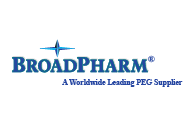
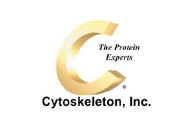







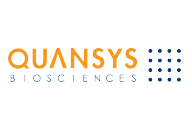




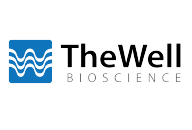

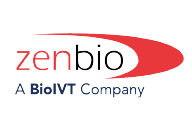
 of
of








